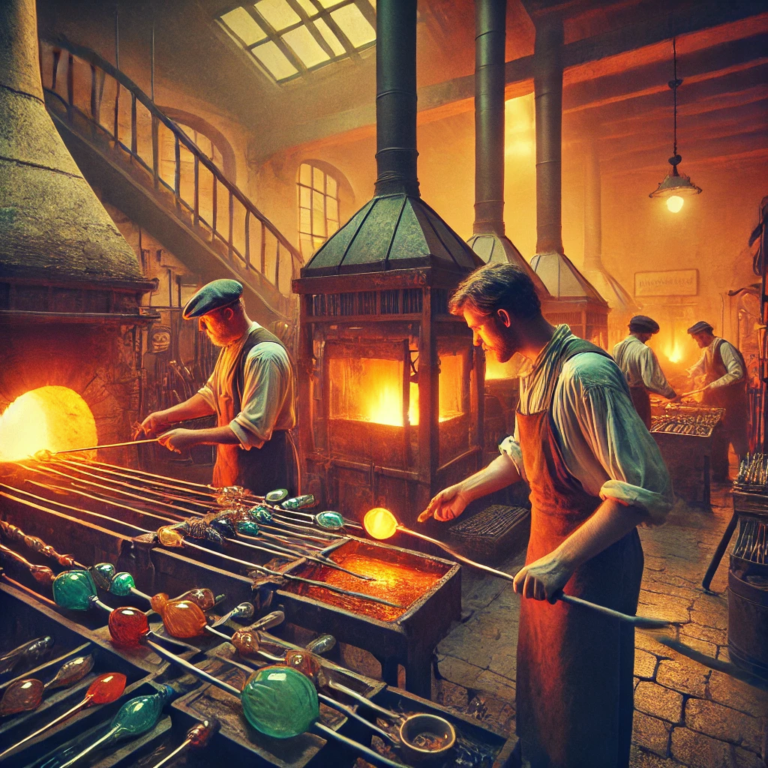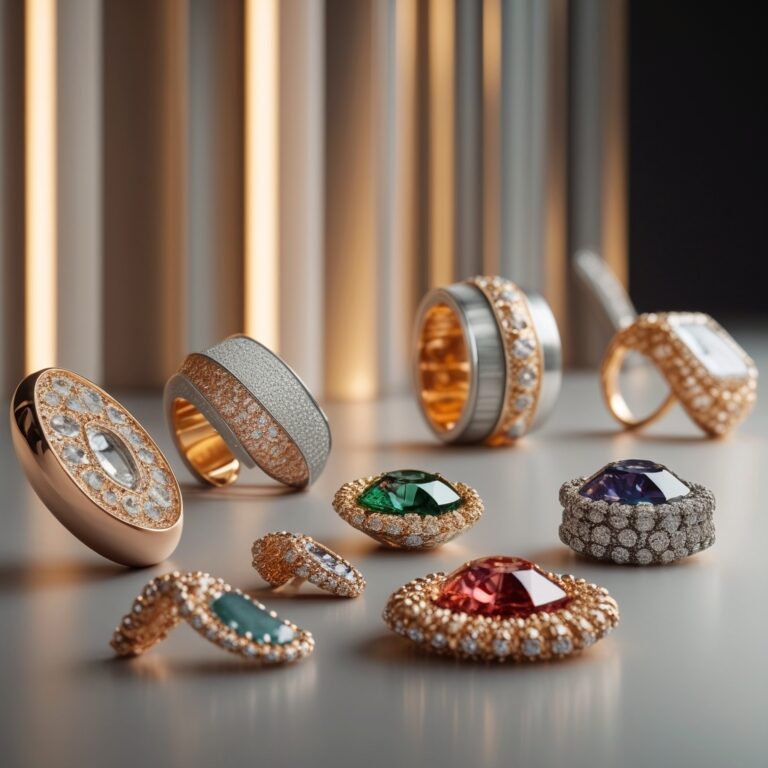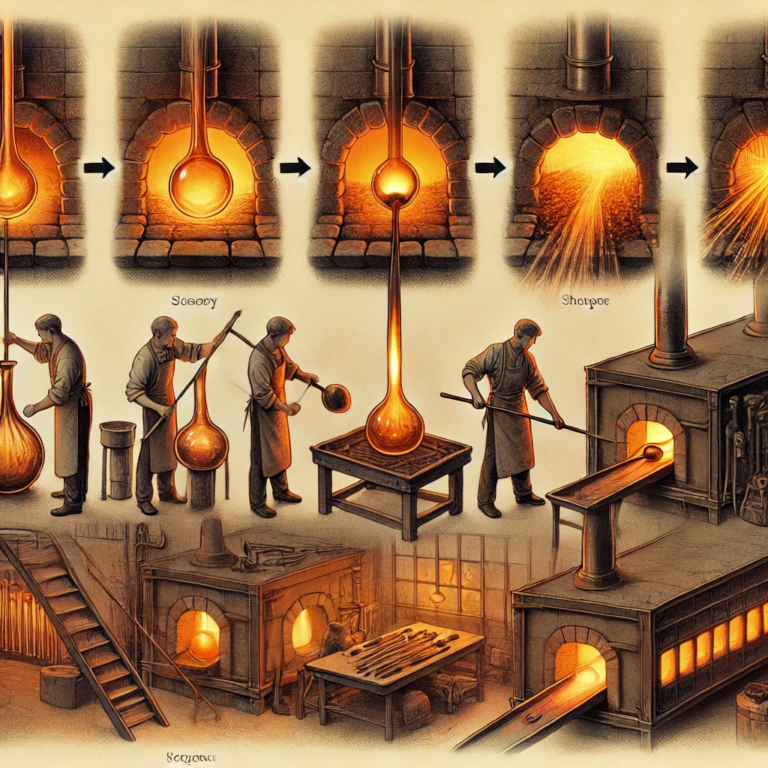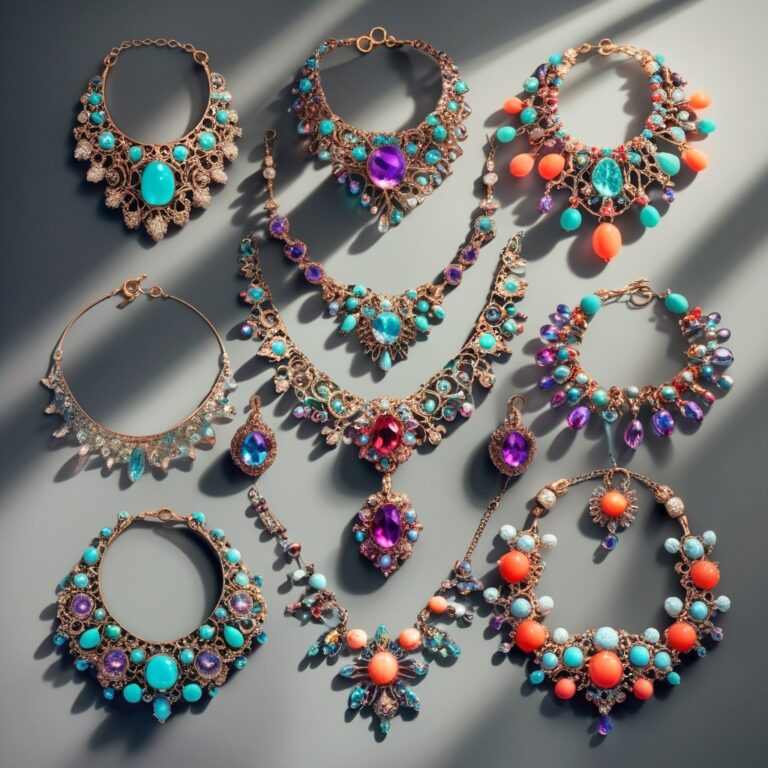The Charming World of Murano Glass Jewelry Designers: Experts of Fire and Creativity
Nestled in the Venetian Tidal pond, the island of Murano has been synonymous with lovely glassmaking for over 700 a long time. Whereas Murano glass is celebrated for its chandeliers, vases, and figures, its gems holds a extraordinary put in the domain of wearable craftsmanship. Murano glass gems originators are overseers of an old create, mixing convention with development to make pieces that astonish the eye and fascinate the soul. In this web journal post, we dive into the one of a kind creativity of these creators, investigate their procedures, and celebrate the bequest they carry forward.
The Bequest of Murano Glass: A Brief History
Murano’s glassmaking legacy dates back to the 13th century when Venetian artisans moved their heaters to the island to avoid fires in Venice. Over time, Murano got to be the epicenter of glass development, with methods like *millefiori* (thousand blossoms), *avventurina* (shimmering gold-flecked glass), and *lampworking* (chiseling glass with a burn) developing as trademarks of the make. These strategies were protected furiously, passed down through eras, and stay central to Murano’s personality today.
Jewelry got to be a common expansion of this aestheticness. By the 20th century, Murano glass adornments architects started testing with striking colors, complicated designs, and scaled down figures, changing liquid glass into wearable masterpieces.

What Makes Murano Glass Jewelry Unique?
1. Handcrafted Brilliance:
Each piece is made by hand, regularly requiring hours of fastidious work. Not at all like mass-produced gems, no two Murano glass pieces are identical.
2. Dynamic Colors:
Murano glass is famous for its glowing tones, accomplished through mineral added substances like cobalt (blue), gold (ruddy), and copper (green).
3. Inventive Strategies:
Designers utilize centuries-old strategies such as *sommerso* (layering glass) and *filigrana* (turned glass strings) to make profundity and texture.
4. Imaginative Storytelling:
Numerous pieces reflect Venetian culture—gondolas, marine life, or theoretical elucidations of water and light.
Pioneering Murano Glass Jewelry Designers :
1. Marina and Susanna Sent:
Sisters Marina and Susanna Sent are trailblazers in present day Murano gems. Their work consolidates moderate aesthetics with dynamic glasswork. Known for their “Bolle” (bubbles) collection, they typify minor glass circles in silver or gold settings, making exquisite, modern plans. Their pieces regularly highlight topsy-turvy shapes, celebrating the natural defects of handblown glass.
2. Giorgio Vigna:
A visionary craftsman, Giorgio Vigna treats glass as a sculptural medium. His adornments regularly takes after minor theoretical scenes or firmament bodies, utilizing procedures like *graniglia* (smashed glass) to include surface. Vigna’s work has been shown in galleries, bridging the crevice between craftsmanship and adornment.
3. Luciana Poli:
Luciana Poli’s plans are a gesture to convention. She specializes in *millefiori* pendants and hoops, where botanical designs are implanted in clear glass. Her work requests to significant others of vintage tastefulness, with each cut of millefiori uncovering a kaleidoscope of colors.
4. Carlo Moretti:
Though superior known for crystal, Carlo Moretti’s adornments line is a consider in geometric exactness. His bracelets and rings highlight sharp points and monochromatic plans, differentiating Murano’s commonplace colorfulness with smooth modernity.
5. Marcello Furlan:
Marcello Furlan’s gems is lively and exploratory. He joins Murano glass with materials like calfskin and wood, making bohemian-inspired neckbands and sleeves. His “Fusion” collection compares harsh surfaces with shiny glass beads.

The Imaginative Prepare: From Heater to Finish :
Creating Murano glass jewelry designers is a move of fire and accuracy. Here’s a see into the process:
1. Dissolving:
Glass poles are liquefied at 1,200°C in a furnace.
2. Forming:
Utilizing instruments like *canne* (blowpipes) and tweezers, the craftsman shapes the liquid glass.
3. Enriching Methods:
Layers, colors, and designs are included through strategies like *incalmo* (joining two bubbles of glass) or *zanfirico* (bent ribbons).
4. Toughening:
The piece is gradually cooled in a furnace to avoid cracking.
5. Wrapping up:
Metal settings, clasps, or chains are included by jewelers.

Why Contribute in Murano Glass Jewelry?
- Immortal Offer: These pieces rise above patterns, frequently getting to be heirlooms.
- Supporting Artisans: Obtaining Murano adornments maintains a centuries-old craft.
- Uniqueness: Each piece carries the fingerprints of its creator, both actually and metaphorically.
How to Recognize True Murano Glass Jewelry :
With impersonations flooding the advertise, here’s how to spot the genuine deal:
1. See for a Certificate:
Trustworthy dealers give certificates of authenticity.
2. Check Blemishes:
Modest bubbles or slight asymmetries show carefully assembled work.
3. Investigate the Dealer:
Purchase from set up Murano-based brands or galleries.
FAQs Approximately Murano Glass Jewelry Designers :
Q1: Where can I purchase bona fide Murano glass jewelry?
Ans1: Buy straightforwardly from Murano-based studios, legitimate displays, or certified online stages like Venini or Berengo Fine Expressions. Dodge nonexclusive traveler shops in Venice.
Q2: Is Murano glass adornments fragile?
Ans2: Whereas tough, it requires care. Dodge impacts, extraordinary temperatures, and cruel chemicals. Store pieces independently to anticipate scratches.
Q3: How much does Murano glass jewelry cost?
Ans3: Costs extend from €50 for straightforward globules to €5,000+ for creator pieces. Components like complexity, materials, and the artist’s notoriety impact costs.
Q4: Can Murano glass adornments be customized?
Ans4: Numerous architects acknowledge custom orders, permitting you to select colors, designs, or settings. Lead times change from weeks to months.
Q5: Are Murano glass architects eco-conscious?
Ans5: Progressively, yes! Numerous utilize reused glass and economical hones. Brands like LagunaB and Adriano Berengo prioritize eco-friendly production.
Q6: What’s the contrast between Murano glass and normal glass jewelry?
Ans6: Murano glass is carefully assembled with specialized methods and high-quality materials, coming about in wealthier colors and perplexing subtle elements. Machine-made glass needs this artistry.

Conclusion:
**A Confirmation to Ageless Beauty**
Murano glass jewelry designers are more than artisans—they are storytellers, history specialists, and trailblazers. Their work carries the weight of centuries, however remains refreshingly present day. Whether you’re drawn to the striking geometry of Carlo Moretti or the caprice of Marcello Furlan, owning a piece of Murano adornments is like wearing a part of Venetian enchantment. As you investigate this glowing world, keep in mind that each dot, pendant, or ring is a confirmation to human inventiveness, produced in fire and passion.
By celebrating Murano glass jewelry designers, we honor not fair its excellence, but the hands and hearts that keep this old create lively. 🌟


